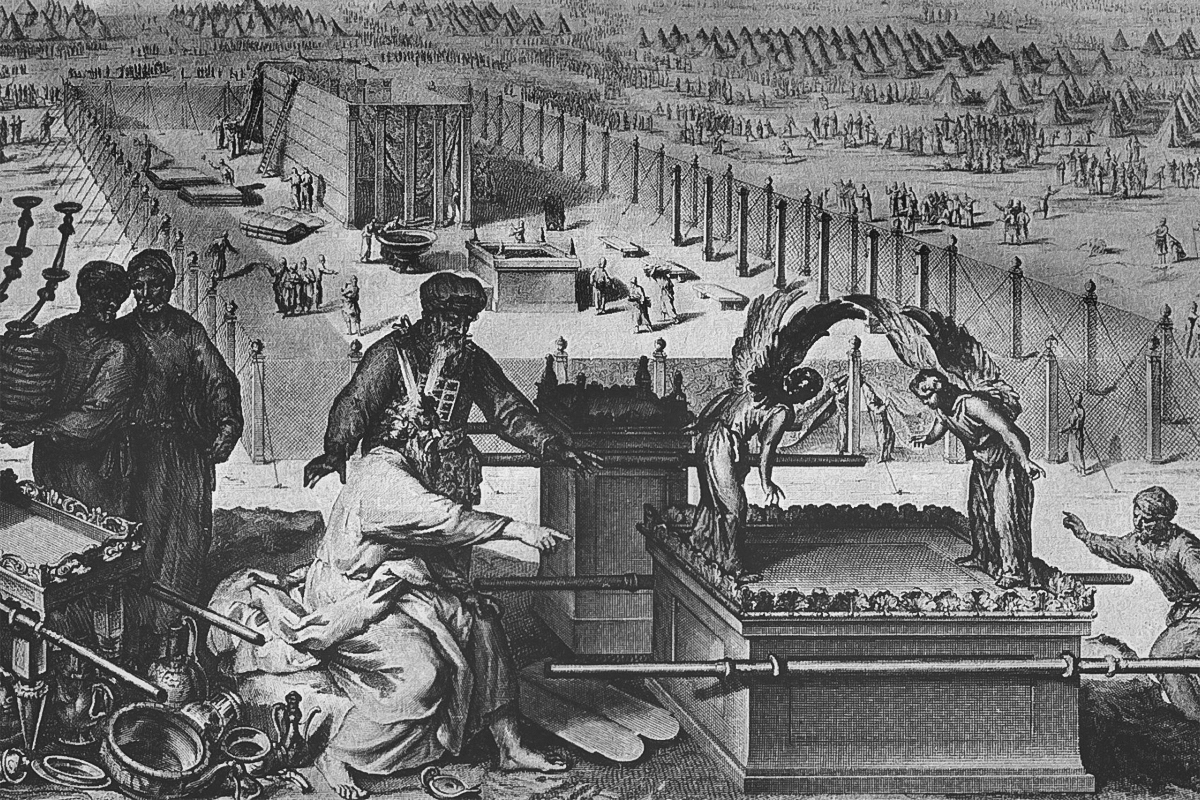The following post is about the framework and structure of Deuteronomy with highlighted details concerning the Sinaitic and Mosaic covenants among His people from the adults of the exodus who perished in the wilderness to their children; there is a renewal of the covenant. Specifically for them and to codify the covenant agreement pertinent to the circumstances before the new generation entering Canaan.
Theological Highlights of Deuteronomy Concerning Structure & Total Method of Salvation
Probably the most amazing text of Gentry’s paper concerning the Deuteronomic Law is this quote from within the Solemn Oath Ceremony section of Deuteronomy (Dt. 28:69-30:20).
“This tension is described by the meta-comment on the whole section in Deuteronomy 29:29: “The hidden things belong to the Lord our God, but the revealed things belong to us and our children forever, so that we may follow all the words of this tôrâ.” According to this meta-comment, there is a tension between divine sovereignty and human responsibility. Israel is called to absolute loyalty to Yahweh in the Covenant, but the plot structure to this point in the OT shows that the human partner is incapable of faithfulness, something that will be given by divine grace at a future time.” – Gentry, P. J. (2014). The Relationship of Deuteronomy to the Covenant at Sinai. Southern Baptist Journal of Theology, 35-57.
- Ancient Near Eastern suzerain-vassal treaty in structure and format.1
- Two participants, one strong and one weak emulate the relationship between God and Israel.
- The ‘gods’ as witnesses, according to the divine council worldview, corresponds to the Vassal treaty contrary to what Alexander outlines on page 289.1 The Septuagint includes the witnesses of gods or divine beings at the giving of the law whereas the Hebrew text does not.2
- The book of Deuteronomy often reads like a sermon. 3
- The relationship between God and Israel resembles a marriage. Whereas love and loyalty are the substance of the marriage rather than the ceremony, or the ratified agreement between them.
- The Decalogue says what worshipers of Yahweh are not to do; The Deuteronomic Law is in contrast to what they are to do.4
- Scholars have noted the close relationship between Deut. 13 and the Vassal Treaties of Esarhaddon.5
- The Deuteronomic Law reads more like a covenant than a legal document modeled after parallel ANE legal texts.6
- Worshipers forbidden to worship or offer gifts and sacrifices through mediating imagery and icons are instead given a ‘name theology’ to accomplish worship, honor, and duty to Yahweh only at the central sanctuary.7
- “At the core of Deuteronomy is a theology of the supremacy of Yahweh, expressed in the life of Israel through adherence to Torah (Hamilton, 27; quoting Peter Vogt in Deuteronomic Theology, 5-6).” 8
- Deuteronomy is an exposition of the Ten Commandments. Through judgment comes salvation.9 These are instructions by which Israel carries out its love of Yahweh, according to the SHEMA.
- The covenant formulation of Deuteronomy involves a “circumcision of the heart” (Deut. 30:6). To which there is the tension described in Deuteronomy 29:29, “The hidden things belong to the Lord our God, but the revealed things belong to us and our children forever, so that we may follow all the words of this tôrâ.” —Israel was unable to completely fulfill Covenant obligations without circumcision of the heart that comes from Yahweh at a future time as written in Deuteronomy 30:6).
- Deuteronomy is laid out in literary structure patterned by a Hittite treaty from the Fourteenth to Thirteenth centuries B.C.10
Citations
1 T. Desmond Alexander, From Paradise to the Promised Land. An Introduction to the Pentateuch. Third Edition. (Grand Rapids, Baker Academic, 2012), 289.
2 Michael Heiser, The Unseen Realm. (Bellingham, Lexham Press, 2015), 165-166. For a survey of ancient Jewish texts (before and after the New Testament) relating to the connection of the law and angels, see Terrance Callan, “Pauline Midrash: The Exegetical Background of Gal. 3:19b,” Journal of Biblical Literature 99.4 (December 1980): 549-67.
3 Ibid. Alexander, 287.
4 John H. Walton, The Decalogue Structure of the Deuteronomic Law. (2012), 99.
5 Ibid. Walton, 100.
6 Ibid. Walton, 101-104.
7 Ibid. Walton, 105.
8 James M. Hamilton, J. (2014). The Glory of God in Salvation through Judgment in Deuteronomy. Southern Baptist Theological Journal, 19-33.
9 Ibid. Hamilton, 30.
10 Gentry, P. J. (2014). The Relationship of Deuteronomy to the Covenant at Sinai. Southern Baptist Theological Journal, 35-57.













Comments are closed.